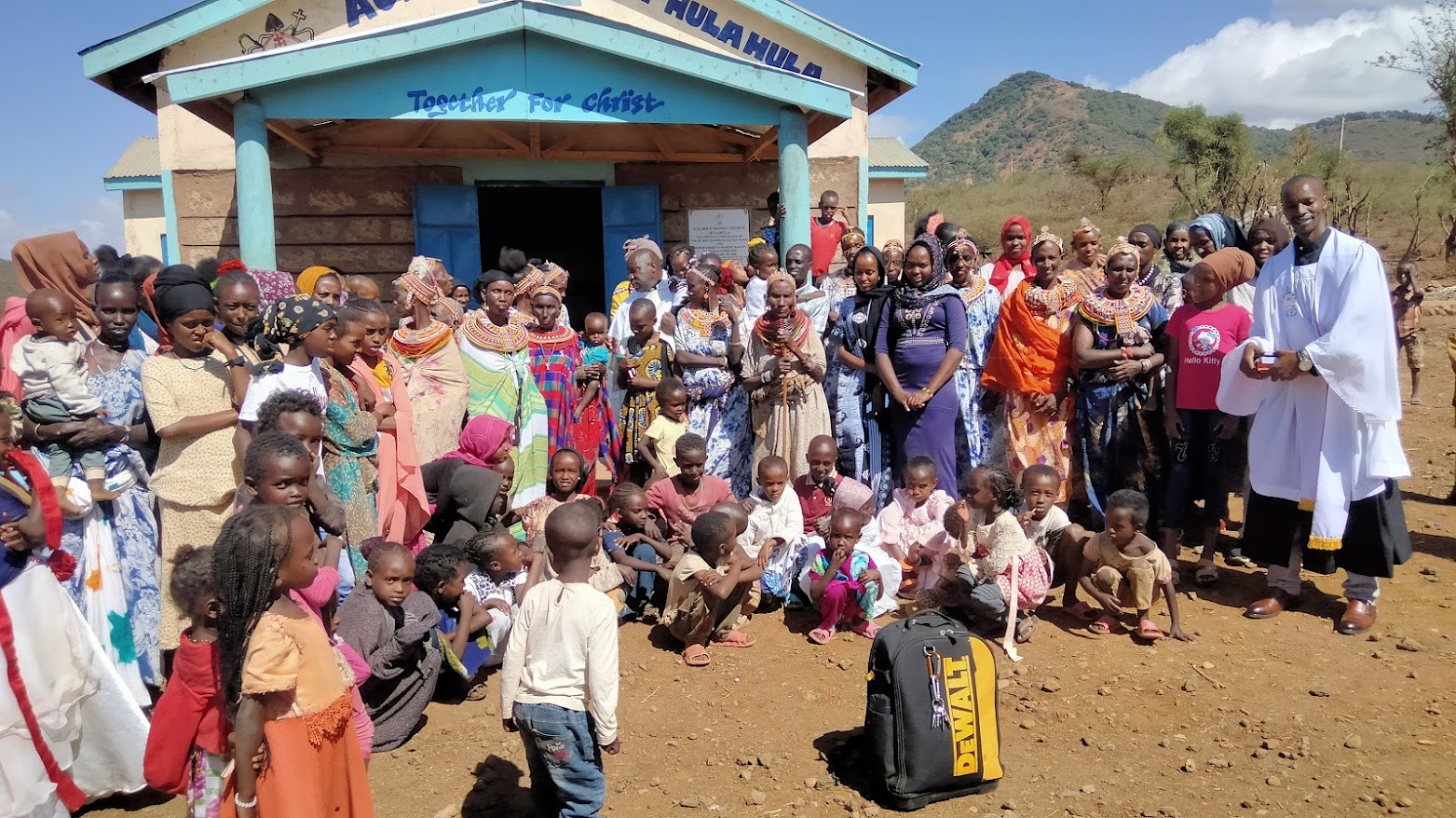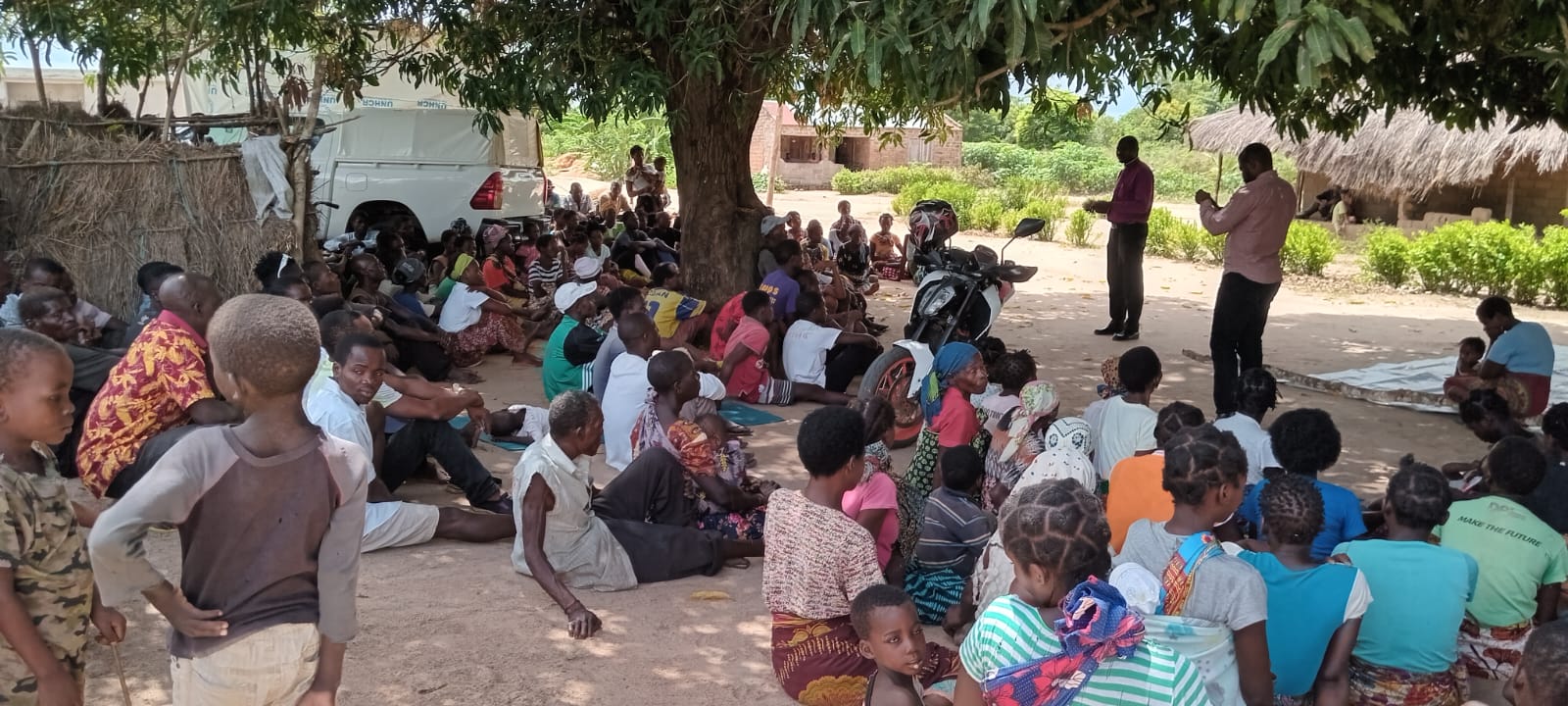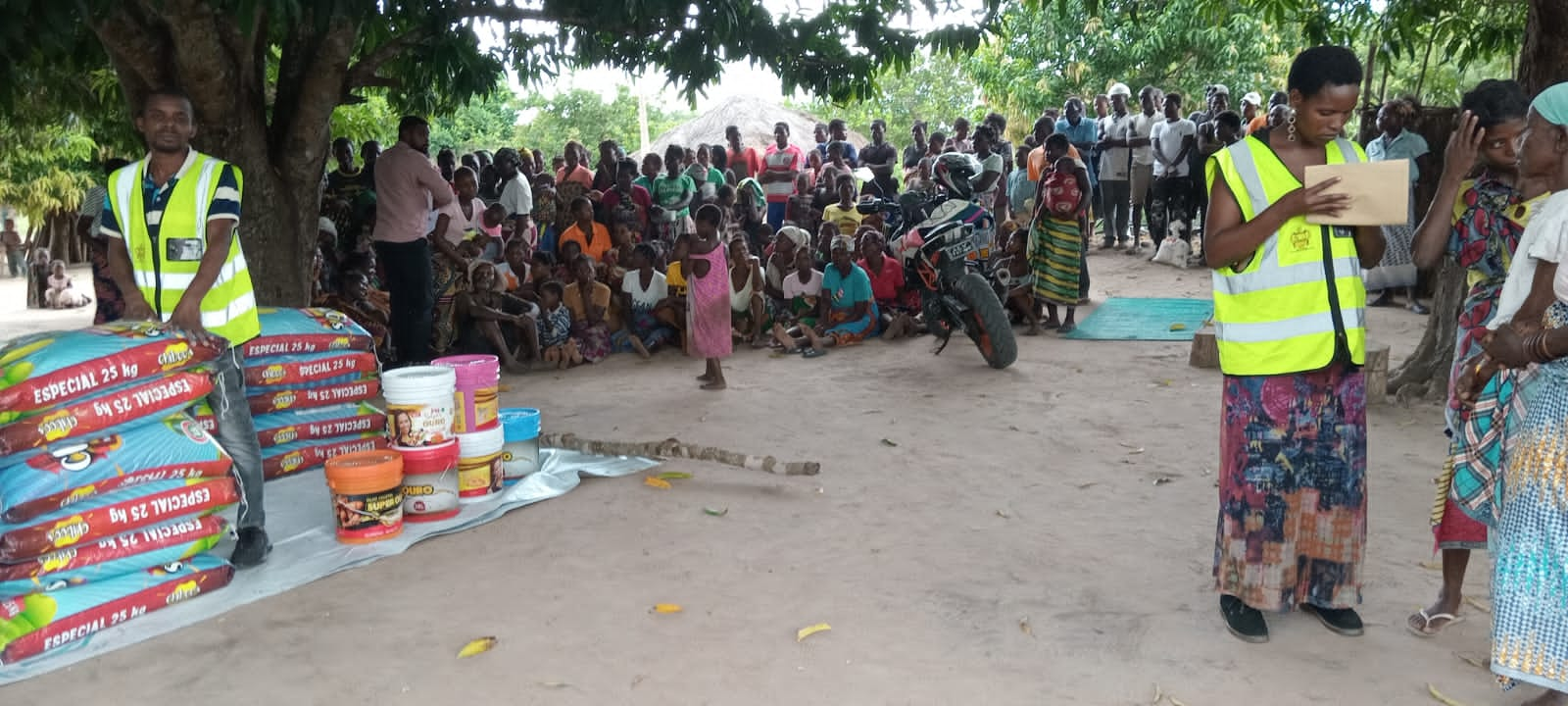Blog

NSW Drought 2019 – Update from the front line
- by Amy Touzell
- November 4, 2019
What a huge relief to hear that thunderstorms over the weekend brought rain – real rain – to parts of southern Queensland and Western NSW.
Some farmers said, “It’s like Christmas.” Of course, like Christmas, the rain will come and go and open into a hot, dry summer.
The big message? Give thanks for the rain. Keep praying for more rain. And trust in the One who created the whole ecosystem.
What is the drought really like?
Many city-dwellers experience the drought only via TV and online images of parched land and starving animals. For some it is far away and out of mind.
Yet most major towns and centres in NSW and Southern Queensland are measuring their water reserves in days and months. The drought is felt harshly for primary producers and the industries that rely on them. Local shopping areas are depressed – there just isn’t as much cash and not as many shoppers.
A Christian stock agent (and former grazier) said, “The effects of this drought will be felt for another decade once the rains come. The social impact on the community will not be quickly healed.”
Thanks to your generous donations, Anglican Aid has been supporting rural churches and families through our Drought Appeal. And we want to keep doing that. Here is a link to donate.
We provide funds to the Anglican Diocese of Armidale and Bathurst who receive specific requests for help from families and communities. Applications for help come via local churches or community members so the response is fast. There are no criteria other than there being a genuine need and the ability to meet it. Some who miss out on government assistance have been helped via your donations.
In addition to help, support in the form of care and concern makes a huge difference. In most cases, the assistance is not cash: instead it pays a bill, provides food, fuel, feed or water or the chance to keep things going, e.g. medical treatment etc.
We asked our partners to help us understand the real effects of this drought so we can better pray and care.
“I wish I could put into words the difference distributing aid makes in peoples’ lives. Just knowing that they are not alone and that someone cares enough to think of them.”
Grahame Yager, Rector, St Ambrose Gilgandra and Archdeacon, The North West, Anglican Diocese of Bathurst
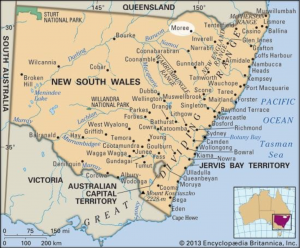
Here is a glimpse of life in Moree, in Northern NSW. Moree is located on the banks of the May may river, is a major cotton-producing centre and the site of artesian springs with reputed healing properties. The name comes from the Kamilaroi language and probably means ‘long waterhole’.
- 2019 is the driest year to date on record: 81 mm of rainfall as at October, instead of the average of 450mm by this time of the year.
- Many graziers have sold off their stock. There is no feed on the ground: hay is currently selling for $400 / tonne so a small operation is spending around $50,000 a month to keep their stock alive.
- Farmers have planted no summer crop. For many living west of Moree this will be the fourth year in a row with no harvest.
- No harvest means none of the usual seasonal work. Whole industries that rely on agriculture are without work.
- Local businesses are struggling because people are not spending. Some are now working a 6- or 8-day fortnight and retrenching staff or closing down altogether.
Is Sydney in drought?
The part of Sydney that is officially not in drought stretches from Roseville, north-west to Rouse Hill and north to the Hawkesbury River.
The rest of Sydney (91%) is classed as Drought Affected. Greater Sydney is on Level 1 water restrictions and you can read more here.
As of 4 November, Sydney’s dam storage is 47.8%. Less than half the capacity of the 11 dams/reservoirs that feed Sydney.
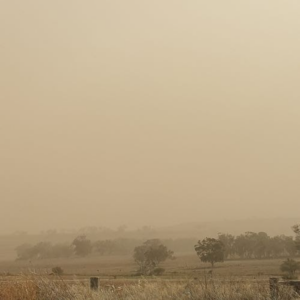

For your prayer
Rain: steady, consistent rain to soak into the ground and refill water tanks and dams.
No wind: dust storms have savaged the worst-hit regions and what little topsoil there was, has been blown away.
No more fires: the bushfire season has already arrived. Fire fighting resources are very low.
No flood: If the water comes too quickly it will bounce off the dry ground (with very little topsoil) and run-off to the places it’s not really wanted (eg. the main street).
Living water: only the living water that comes from Jesus will truly fix a world that is decaying. Pray that the grace of God will flow like a river through churches, communities and households as people turn to Him.


Get prayer and project updates in your inbox.






